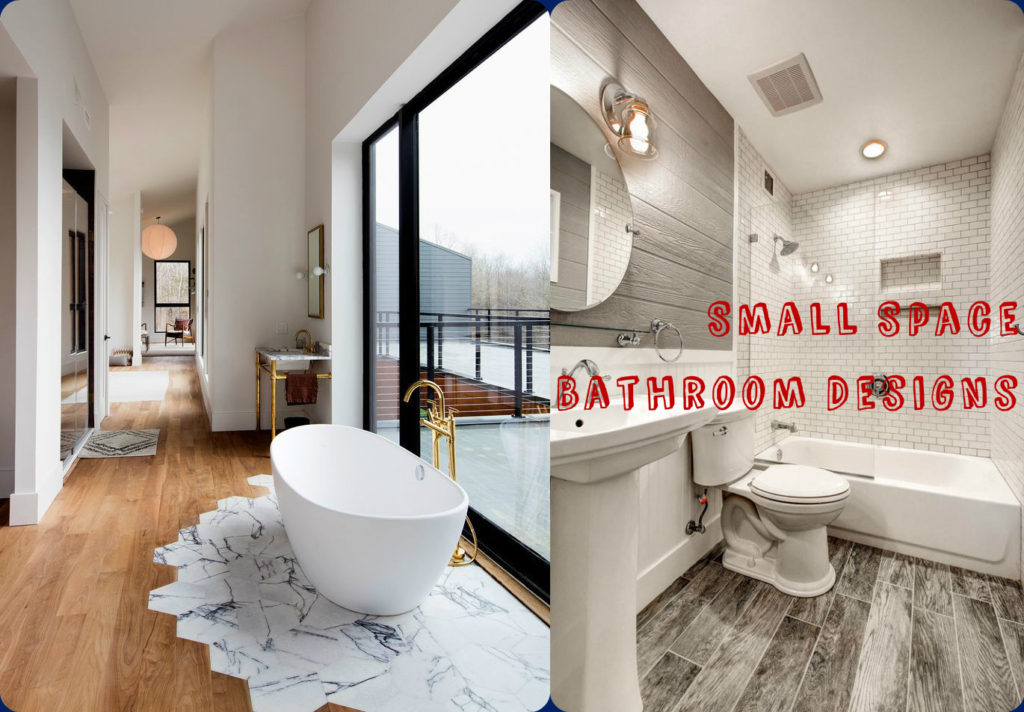Many environmentalists and sustainability warriors emphasize proper furniture disposal, which still holds merit. However, as furniture designer Matt Smith points out in an article, sustainability and the promotion of the circular economy must begin in the design stage and not at its disposal because by then, it would be too late.
A circular economy refers to an industrial mindset that is restorative by nature. It replaces the end-of-life concept promoted by the fast furniture culture that has plagued the market today. So what does design have to do with it? Well, quite a lot, actually. Design must be at the center of circular economy strategies and not just be a part of them because it is, after all, the starting point of all furniture production.
Various decisions that impact how something is created, utilized, and eventually destroyed are embedded in the design process. These design decisions account for 80% of the ecological impact of finished products. So what are the design principles that can shift the furniture industry toward a circular economy?
1. Longevity is king
Furniture and its elements should be built for ‘extended life,’ that is, to survive a long period while simultaneously encouraging reuse, refurbishment, and reprocessing. In today’s linear economy, we frequently see intentional obsolescence, in which customers are forced to seek never-ending upgrades.
2. Choosing eco-friendly materials
In a circular economy, selecting suitable materials is crucial. Certain materials contain compounds that are hazardous to people and the environment. For example, additives are frequently applied to increase performance characteristics such as elasticity and durability. It is critical to ‘design out’ these pollutants.
Fortunately, designers are now experimenting with innovative materials such as algae, peptides, fungi, bacteria, food waste, and so on.

3. Less is more
Most of the world’s economy relies on a take-make-waste model. We take natural resources from the ground to make new products, which eventually become waste that is buried in landfills or burned for energy. But with finite natural resources, this system isn’t sustainable forever. The easiest way to design for sustainability is to use fewer materials in the first place. This can reduce manufacturing costs and increase profitability.
4. Modular design is key
Designing for disassembly helps promote circularity because it allows for easier material recovery and extends the lifecycle of a product. Modular furniture has two significant advantages: first, it is far easier to repair or replace a portion of a product rather than the entire thing. As a result, the expense and difficulty of replacing no longer functional components are reduced. Secondly, modular furniture solutions are easier to alter and adjust to the changing demands of consumers. This keeps items from becoming obsolete as rapidly as possible, allowing them to be used for as long as necessary.
Conclusion
Those looking to recognize the importance of circular design in everyday objects have a wide field of opportunities available to them. Everything from the design and development stage, to recycling and end-of-life decisions, can be taken into consideration when creating new products with a circular mindset—and furniture is no exception. While the sustainability assignment often falls on the shoulders of manufacturers and designers, it’s still up to the end-user to make smart decisions when buying their furniture.














